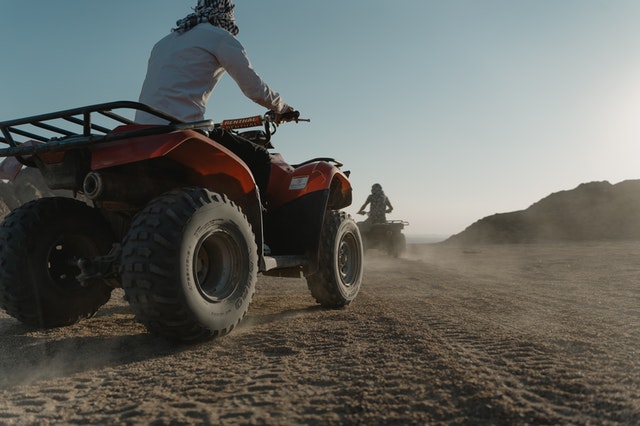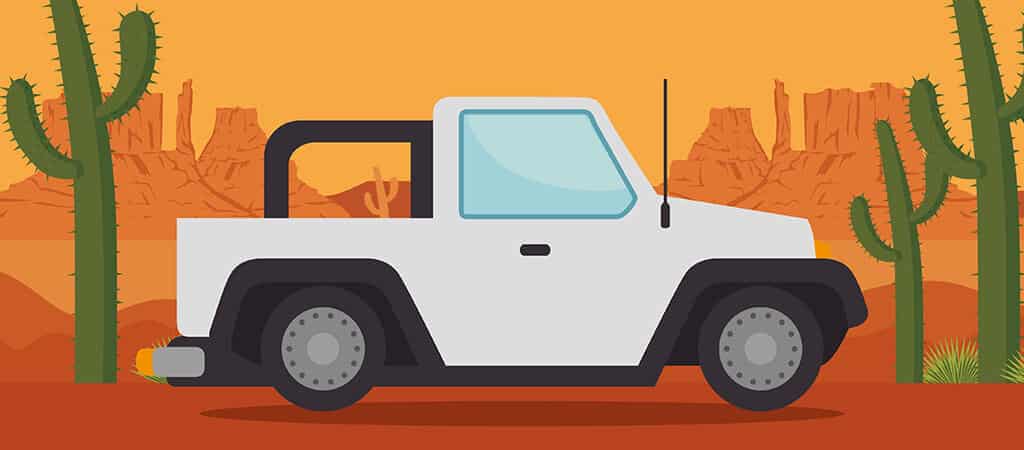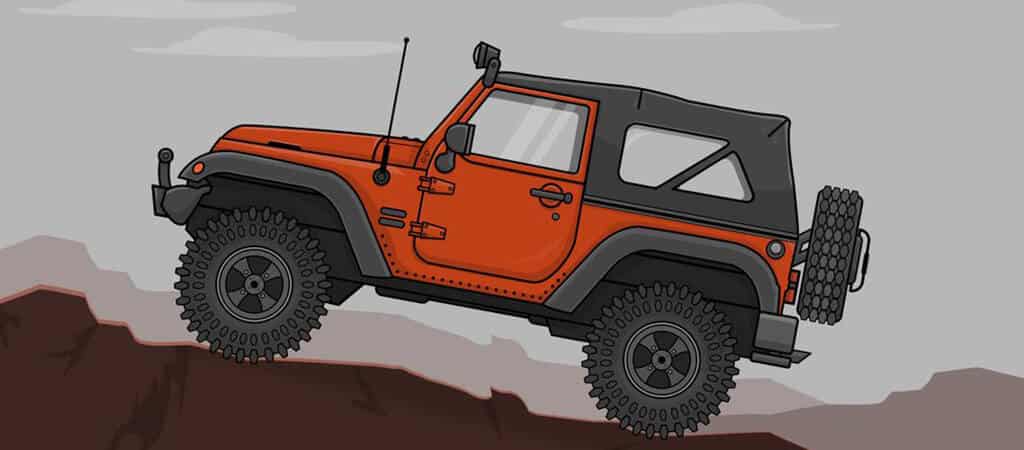- Our Firm
- Personal Injury
-
-
-
Personal Injury Lawyers
-
-
-
-
-
-
Injured in an accident? At Diamond & Diamond, our team of lawyers rely on their reputation in the field and extensive experience in personal injury to provide clients with a dedicated support system over the duration of their case.
-
-
-
-
-
HAVE YOU RECENTLY BEEN INJURED IN AN ACCIDENT?
-
-
-
- Corporate
- Class Action

Ontario Driving Rules for Off-Road Vehicles
Ontario Driving Rules for Off-Road Vehicles
In Ontario, there are regulations set up by the Ministry in the Off Road Vehicles Act Ontario. These rules are in place to help maintain safety and regulate who can drive an all terrain vehicle (ATV) and where it’s proper to drive one. Riding an ATV is a fun pastime for many. Ontario’s lush and beautiful landscape offers a great backdrop for this type of off-roading and it can be a fun activity for groups or solo drivers.
If you’re never driven an ATV or are just checking to make sure that you’re following proper regulations, this article can help you research. We’ve included all of the information you need about the legal requirements to drive an ATV, any physical requirements for the vehicle, and what the law says about where it’s acceptable to drive.
Off-Road Vehicle Requirements
In Ontario, the All-Terrain Vehicle must meet the safety requirements in the Motor Vehicle Safety Act. You can get a complete list of the regulations at the Driver and Vehicle Issuing Office.
The following requirements should give a good idea of what type of vehicle will work for off-roading under the law:
- The Vehicle Must Be Registered. The registration also needs to be displayed on the license plate.
- Needs to Be Properly Operational. The vehicle needs a working braking system, and functional mechanical features.
- The Vehicle Needs to Be Insured. Like car insurance, it’s against the law to drive an ATV without proper insurance.
- The ATV Needs Working Lights. The brake lights on the back need to work properly.
That’s only a short list of the things that your vehicle needs. There are regulations that govern the weight and size of the vehicle, as well as other factors that can impact your ability to drive the vehicle safely.
Off-Road Vehicle Driver Requirements
You might think that because an ATV is not a car it means that you don’t need to have any special permit or license. That’s not the case. There are special rules that are designated for drivers of ATVs in Ontario. Like the laws for those driving cars, the driver of the ATV is responsible for their passengers, and they will be the one cited for any infraction.
To drive an ATV, you need a valid license. A G2 or M2 license are both acceptable in order to drive an off-road vehicle. The driver must be 16 years of age or older to drive. A driver also needs to wear the proper safety gear at all times while driving. This includes a motorcycle helmet. The driver needs to abide by the rules of the road, which you can find in the Smart Ride, Safe Ride Handbook.
No child under the age of 8 is allowed as a passenger on an ATV. And the driver needs to make sure that they never have more passengers than available seating – if you’re driving with friends sitting on each other’s laps, it’s very reckless and illegal.
Driving an off-road vehicle is a fun activity and there are rules to drive it on roads and highways, as well as other terrain. However, these vehicles leave the driver and passengers open to the elements. This makes following proper safety precautions as important on an ATV as it is when you’re driving a motorcycle. There is far more protection in a standard automobile in the event of a crash, so you do want to use care when operating an ATV. Drivers should not be operating the vehicle while impaired in any way and should pay attention to the terrain at all times.
Rules for Driving an Off-Road Vehicle in Ontario
There are several rules for driving an ATV that are mandated by the Ministry. We’ll cover some of the specific rules of the road in the next section. Drivers need to pay attention to and understand these rules for a number of reasons. First of all, all of these rules were created to keep ATV drivers and their passengers safe. That’s the primary reason to follow them. Second, not abiding by the rules of the road can cost you legally and financially. If you’re not following the law and have an accident, you might be liable. You might also get fined for any infraction.
When you’re driving an ATV, you’re often on the same roads as regular vehicles and it’s important to maintain proper safety precautions. This helps you maintain good control and will help other drivers avoid instances where they don’t notice your vehicle because it’s not where they would expect an ATV to be operating.
Rules of the Off-Road
The Ministry lists fourteen rules of the road for off-road vehicles to follow:
- One the highway, drivers should be on the shoulder of the road, driving in the same direction as traffic.
- Drivers should operate the vehicle on the shoulder of the road or as close as possible.
- No driving on the median on the highway. No driving in construction zones.
- Drivers may use the road if there is no shoulder.
- No passing any vehicle except other ATVs, and only when safe to do so.
- Drivers need to yield the right of way when there are other vehicles on the shoulder of the road.
- Headlights and tail lights must be one when driving.
- All speed limits should be obeyed.
- Hand signals should be used to indicate turning.
Abide All the Rules
The Ontario driving rules for off-road vehicles were created because ATVs need special care in operating. They are a fun activity and one that many young people want to enjoy safely. Because they do attract a lot of families and younger enthusiasts, it’s even more important that the safety procedures are followed.
There are many areas in Ontario that are perfect for off-roading. Taking an ATV offers a great way to explore the many lovely areas of this part of the country. Using the best safety precautions will make your travels more secure and enjoyable.
Have you been injured in an ATV accident? Call 1-800-567-HURT (4878) or use our CASE EVALUATION TOOL to schedule your free consultation with a Off-Road Vehicle Accident lawyer.
Rules for Off-Road Vehicles FAQ
What is the best off-road vehicle?
There are many kinds of off-road vehicles, the best depends on your own tastes. Some highly regarded manufacturers include Polaris, Can-Am, and Kawasaki.
Where can I go off-roading in Ontario?
In Ontario, there are many places to go off-roading. Some popular spots include Georgian Bay and Haliburton.
How old do I need to be to off-road?
Children as young as 8 years old can go off-roading with their parents or older family members as passengers. In order to drive an ATV, you need to be at least 16 years old.
Is driving an ATV safe?
If you follow the proper safety guidelines and rules of the road, riding an ATV can be a safe and enjoyable pastime. The safety precautions, however, are very important. You have limited protection on an ATV and should treat the experience much the same way you would driving a motorcycle.
Do I need a special license to drive an off-road vehicle?
You do need a valid G2 or M2 license in order to operate an off-road vehicle. You don’t need a license that’s specially designated for ATVs. It is a good idea to familiarize yourself with the vehicle and follow the manufacturer’s recommendations to maintain it.
Need a Lawyer?
We are here 24/7 to address your case. You can speak with a lawyer to request a consultation.
1-800-567-HURTGet started with a free consultation
OUR TEAM
- Yefim Belyavsky
- Osama Hashmi
- Nicole Sherman
- Quan Duong
- Sheffali Chaudhary
- Francesco Rotatore
- Samarth Bajaj
- Qasim Latif
- Jeffrey Stephan
- Cassandra Harvey
- Ishmeet Sandhu
- Nolan Bachmann
- Annamarie Demaj
- Jeffrey Hum
- Tofunmi Adeyeye
- Alessia De Gasperis
- Amandeep Chawla
- Jeremy Tsoi
- Kimiya Razin
- Shir Zisckind
- Gray Sinden
- Shelly Bard
- Christian Brown
- Daly Canie
- Tanveer Sohal
- Prianka Virdi
- Noah Brownstone
- Justin Kaminker
- Harinder S. Bhatti
- Craig Yargeau
- Kiran Birk
- Amit Singh
- Andrei Teju
- Maria Zahid
- Jacob Elyk
- Harry Gill
- Kristina Olivo
- Egi Bano
- Cam Woolley
- Charles Thompson
- Alexandra McCallum
- John Sime
- Allan Cocunato
- Patrick Poupore
- Erika Henderson
- Marina Korshunova
- Brandon Handelman
- Regeena Alapat
- Ryna Kim
- Isaac Zisckind
- Manpreet Bhogal
- Mathura Santhirasegaram
- Nikolai Singh
- Sandra Zisckind
- Jeremy Diamond
- Michael Blois
- Darryl Singer
- Nadia Condotta
- Tinashe Madzingo
- Veronica D’Angelo
- Corey J. Sax
- Scott Tottle
- Steven Wilder
- TJ Gogna
- Jillian Carrington
- Joshua Himel
- Simon Diamond
- Cory Rubin
- Simon Mariani
- Brandon Greenwood
- Basil Bansal
- Nastassia Ivanova
- Tania Fleming
- George Laloshi
- Patrycja Majchrowicz
- Diana Iakossavas
- Dior Africa
- Alex Ragozzino
- Liana Saccucci
- Richard J. Chang
Head Offices
Main Offices
Barrie
Main Office
168 Bayfield Street
Calgary
Main Office
1331 Macleod Trail SE, Suite 645
Edmonton
Head Office
4246 97 Street NW, Unit 103
Halifax
Consultation Office
1701 Hollis St
London
Main Office
256 Pall Mall St, Suite 102
Oshawa
Consultation Office
50 Richmond Street E, Unit # 108 B
Ottawa
Main Office
955 Green Valley Crescent, Unit 315
Sudbury
Main Office
31 Larch Street, Unit 300
Timmins
Main Office
120 Cedar Street South, Unit 002A
Toronto
Head Office
255 Consumers Road, 5th Floor
Vancouver
Head Office
1727 West Broadway, Suite 400
Windsor
Main Office
13158 Tecumseh Rd. E. Unit 3B
Additional Areas Served
Ontario
- Ajax
- Alberta
- Aurora
- Barrie
- Belleville
- Bowmanville
- Brampton
- Brantford
- Brockville
- Bracebridge
- Bradford
- Burlington
- Burnaby
- Calgary
- Chatham
- Cobourg
- Collingwood
- Cornwall
- Durham
- Edmonton
- Elliot Lake
- Etobicoke
- Georgetown
- Guelph
- Hamilton
- Huntsville
- Kanata
- Kelowna
- Kingston
- Kitchener
- Leamington
- London
- Markham
- Milton
- Mississauga
- Muskoka
- Niagara Falls
- Newcastle
- Newmarket
- North Bay
- North York
- Oakville
- Orangeville
- Orillia
- Oshawa
- Ottawa
- Owen Sound
- Parry Sound
- Perth
- Peterborough
- Pickering
- Prince Edward County
- Richmond
- Richmond Hill
- Sault Ste Marie
- Sarnia
- Scarborough
- St. Catharines
- St. Thomas
- Stouffville
- Sudbury
- Surrey
- Thunder Bay
- Timmins
- Toronto
- Uxbridge
- Vancouver
- Wallaceburg
- Waterloo
- Welland
- Whitby
- Windsor
- Woodstock
















